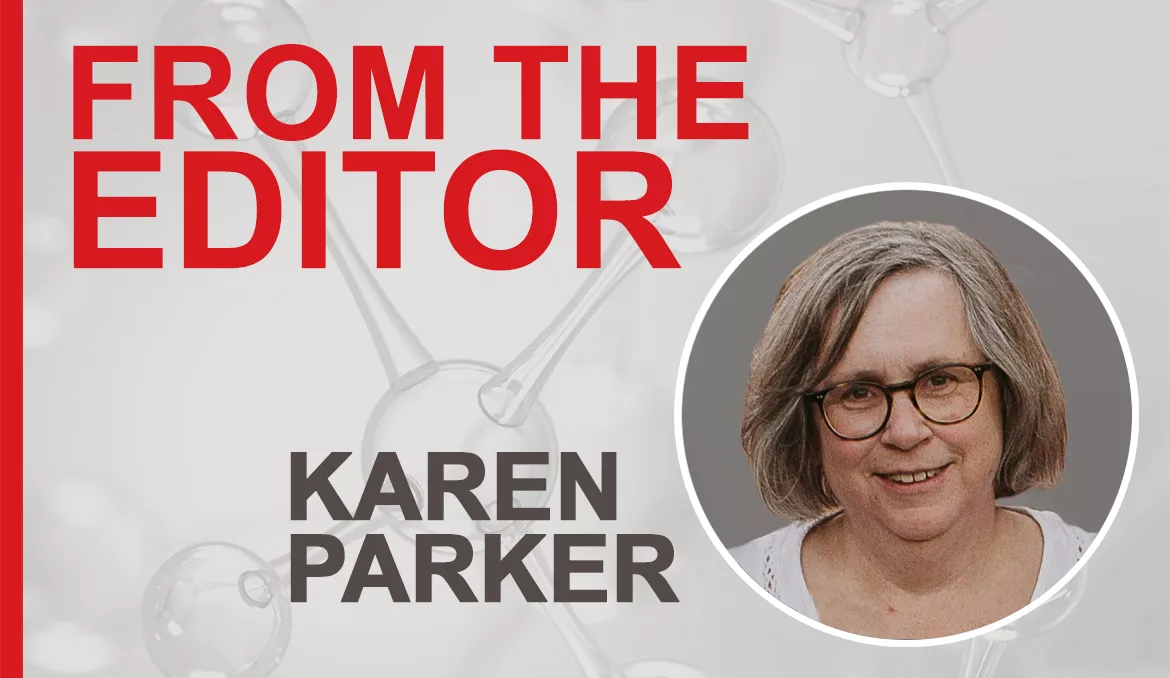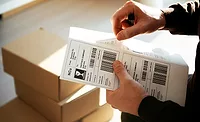From the Editor
Testing Helps Avoid Million-Dollar Mistakes

I am not going to sugar coat it, working for a publication dedicated to adhesives and sealants has generated not an insignificant amount of gentle ribbing from people in my life. And the longer I do this job, the less patience I have for the puns and jokes and the more apt I am to respond with a bit of a lecture about how important adhesives and sealants are to all of our lives.
One of the Google alerts set up for my job is the word “glue.” There have been moments when this prompt has annoyed me. Many times, the alert “glue” produces results about how some person was the glue that held this or that family or organization or team together. As I would scroll down article after article I would feel impatient; this is not the information I am looking for. I am looking for some new technology to share with readers, some story about a Neanderthal glue factory, some information about how glue is used in a novel way. At some point, I realized that when people use the word glue to explain how integral a person is to something bigger than themselves, be it a family or a sports team, they rightly place bonding right where it should be: an essential element, right at the center of life.
Adhesives are used everywhere but hardly ever seen in use, as they are typically hidden between two surfaces. As rarely seen as they are, their importance is often taken for granted. That is, until they don’t do their job. When that happens, we are all talking about it. This was the case last month when Tesla recalled all of its Cybertrucks due to a failure in the structural adhesive that held the exterior panels — which are so integral to the vehicle’s distinctive look — to the truck body. While not a failure that would cause the truck to stop working, the potential for metal panels flying off the truck as it traveled down the road was a danger warranting a recall.
When news about the Cybertruck recall broke, my gut reaction was to defend the adhesive and blame the car company. What testing was done to ensure that the correct adhesive was selected for this particular application? Was the company carefully monitoring dispensing of the adhesive to ensure the correct amount was consistently dispensed? Was a curing process followed correctly? Was sufficient environmental testing conducted?
Within the recall notice, Tesla cited “environmental embrittlement” of the adhesive as the cause of the failure. Perhaps the correct amount of testing was not done to select the adhesive for this particular application? And this brings us to one of the main topics covered in this edition of ASI: testing and analysis techniques. The proper testing of formulations is as important as the development of novel formulations that respond to current consumer, regulatory, or assembly demands.
The May issue includes an article about the use of fluorescence measurement for non-destructive surface-preparation inspection and an article that examines advanced testing methods for adhesive sealants used in structural glazing applications. Additionally, we have an article from Dow that explores how new, adaptable adhesives, including solventless silicone PSAs, are helping manufacturers address complex stability and environmental challenges. Enjoy this edition of ASI, and please reach out to me at parkerk@bnpmedia.com with your thoughts.
Looking for a reprint of this article?
From high-res PDFs to custom plaques, order your copy today!







